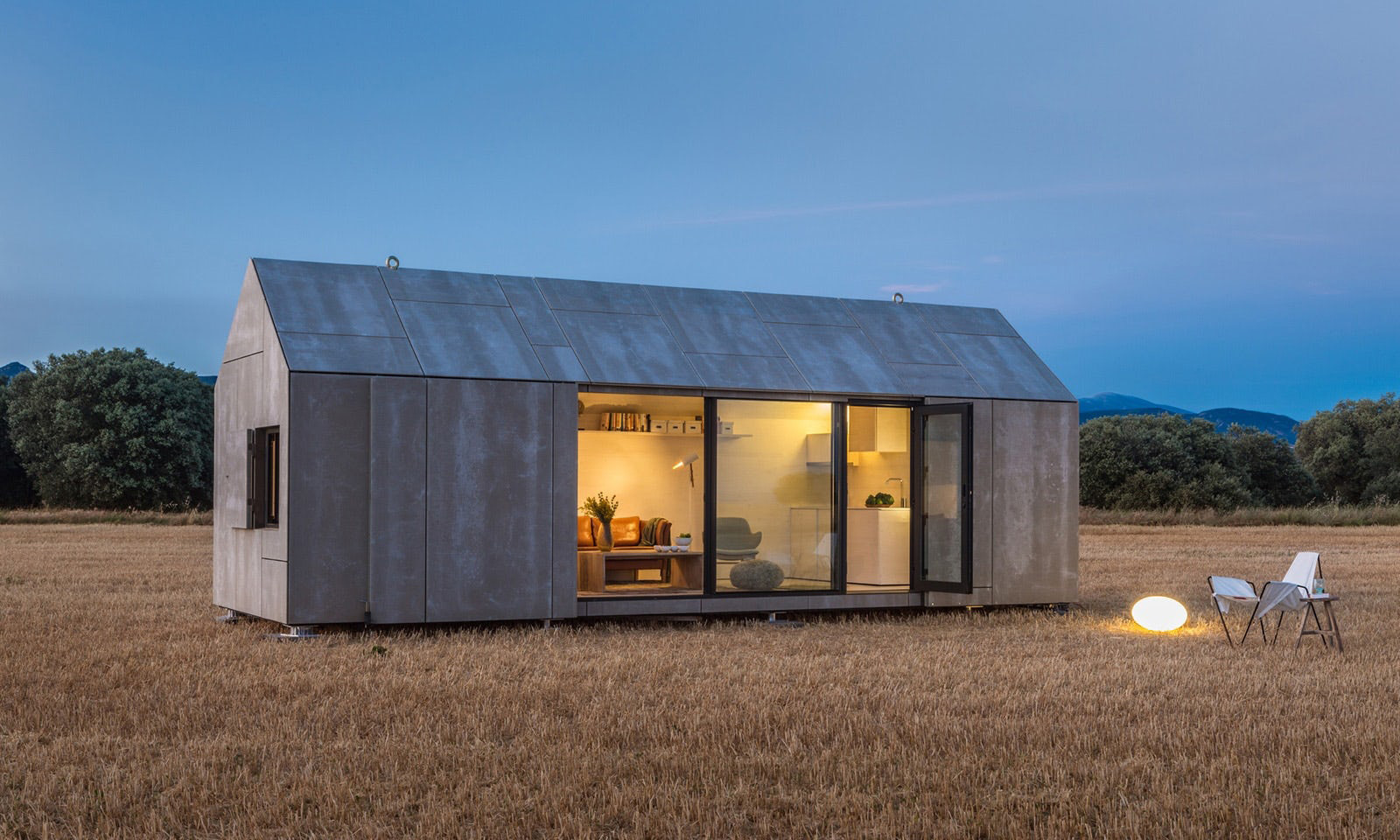
“Beep. Beep. Beeeep.”
The beeping from the cash register seemed to get louder and angrier, unsettling something deep inside of me. A creeping sensation of nausea settled in the pit of my stomach, slowly spreading throughout my body.
We had just bought a little cabin, a tiny house of 37 sqm that would serve as an escape from our apartment building in the city. The minimalistic living space was a material void and we hadn’t planned on bulk buying, but found ourselves drawn in by the alluring outlet prices. At the cash register, I watched—mildly surprised—as toys, electrical appliances, and kitchen utilities were rounded up and added to our bill.
Back in the cabin, the nausea lingered, increasing in intensity as we sliced open boxes, binned plastic wrapping and unpacked brand-new items. What was the point of all of this? Everything else in the cabin was tiny. The kitchen was miniscule. The children’s room could barely fit a narrow bunk bed and a desk. The lawn outside was communal and the plot allocated to our tiny house could be mowed in four minutes. My husband and I gazed at each other through the moving-in-mess and we wordlessly agreed. From now on, we would simply stop our spending, stop our acquiring of stuff, and see how things unfolded.
Our then-four-year-old slept on a mattress in an empty room for the longest time, until a nearby cabin owner started planning a renovation and was looking to dispose of a bunk bed. The local second-hand shop happened to shelter a handmade desk with numerous tiny drawers, perfect for storing beads, games, paint, clay and beach finds. It also came with old letters and notes hidden in forgotten cavities; a treasure box for someone like me who feeds on stories. Spotting a neighbour offloading a brand-new sofa one day, we advanced to politely enquire about the old one, resulting in us carrying the discarded sofa across the lawn five minutes later. Then, my parents’ friends were looking to dispose of outdoor furniture. Not long afterwards, a chest of drawers followed.
The following summer, my grandparents’ house of forty years needed clearing, so we gently wrapped up their china, cutlery, and wine glasses and found a new home for them in our cup boards. In the space of two years, we had acquired everything we needed, paying barely anything and saving most items from becoming acquainted with banana peel and discarded metal at the garbage station.
Our tiny house has become a space filled with memories. It gives me a sense of human connection through the ages, and walking through its door, I feel embraced and cared for. Apples rub shoulders with pears in the bowl that was my great-grandparents’ wedding gift, engraved with well-wishes from their colleagues at the textile factory. Soft light from my grandparents’ 50s style lamp illuminate our fold-out, hand-me-down dining table on dark winter evenings. When I mount the stairs leading to our sleeping loft, I pause to gaze at the painting my great uncle put the final brush stroke to sixty years ago.
We could live here, I realized one Saturday morning after we had washed up the breakfast dishes and the children were settling down to play with their inherited doll house. Peace reigned in every inch of that tiny house. It’s not vast space that we need. It’s each other, all of us together, and a home that wraps us in familiar comfort, heals us with its innate warmth, and releases us when we’re ready to emerge and explore the outside world yet again.